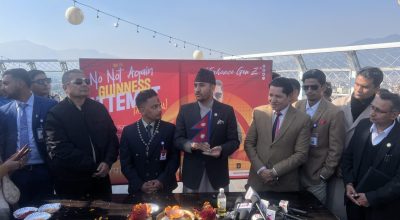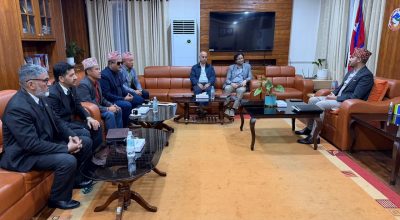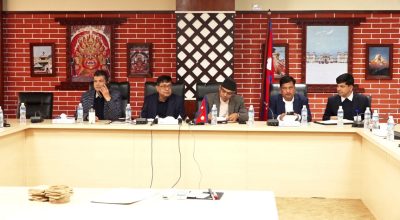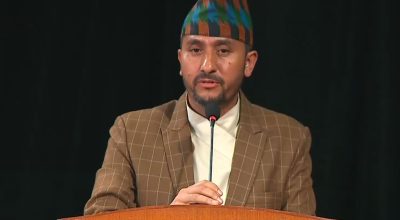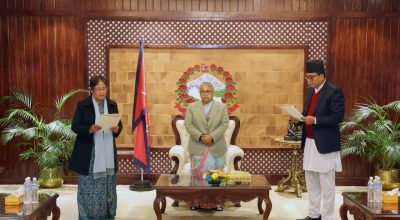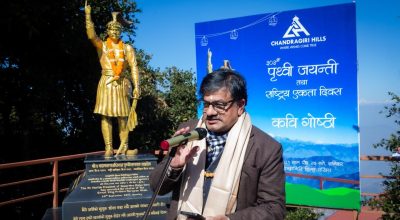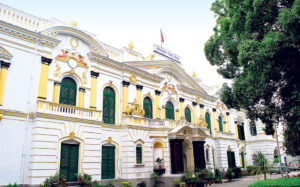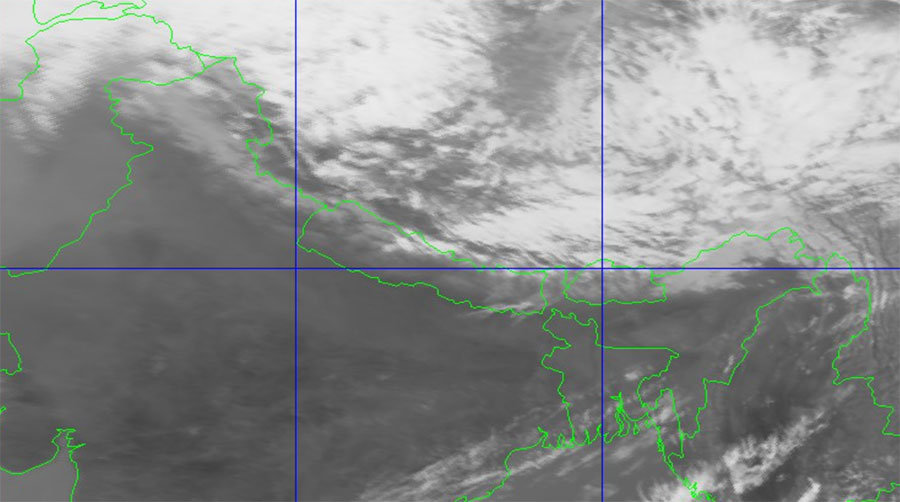
KATHMANDU: The monsoon has started in Nepal from Friday. The Hydrology and Meteorological Forecasting Division has issued a special bulletin announcing the onset of monsoon in the eastern part of Nepal on Friday due to the low pressure area developed around the Bay of Bengal.
“The monsoon has arrived in Province 1, Province 2 and Bagmati Province,” the bulletin said. “The monsoon is likely to spread across the country in a day or two.”
The department has urged to be cautious as the monsoon is expected to be active next week and there is a possibility of light to moderate rain in some parts of the country and heavy rain in some places.
In Nepal, the monsoon starts from the end of Mid-June to the first week of July. According to meteorologists, the monsoon remains active for nearly 100 days in Nepal.
According to the department, most parts of the Far West, Karnali, Gandaki and Bagmati states will receive above-average rainfall during the monsoon period.
Similarly, the central and mountainous parts of Province 1 are also estimated to receive above average rainfall (35-65 percent). The Terai of Lumbini, Gandaki and Bagmati provinces and the western part of Province 2 will receive average (35-45 percent) rainfall and the Terai of Province 1 and the eastern districts of Province 2 will receive less than winter (35-45 percent).
Average rainfall refers to 33.3 to 66.6 percent of the long-term rainfall of any meteorological center (1981-2010). Rainfall below and above average means rainfall below 33.3 percent and above 66.6 percent, respectively.
Last year, the department estimated that there would be average rainfall across Nepal, but there was uneven rainfall. The rainfall was above average in some parts and low in some parts. However, the damage caused by the landslide was severe.
The Department of Meteorology has projected the monsoon on the basis of the World Meteorological Organization’s climatic data assessment of global and regional climate information production centers, monsoon rainfall assessment model and the South Asian Climate Outlook Forum.
A recently held 19th session of the Virtual South Asian Climate Outlook Forum (SACOF) predicted above-average rainfall in most parts of South Asia during the monsoon season. The forum is attended by meteorologists from nine South Asian countries including Nepal, India, Myanmar and representatives from the World Meteorological Organization (WMO), WMO Regional Climate Center, Pune, India, UK Met Office, Thailand, USA and Japan.
Experts have predicted above-average rainfall in some parts of northwestern South Asia, the foothills of the Himalayas and the northeast, and much of the central region.
Experts predict below-average rainfall in many parts of the far northwest and northeast.





